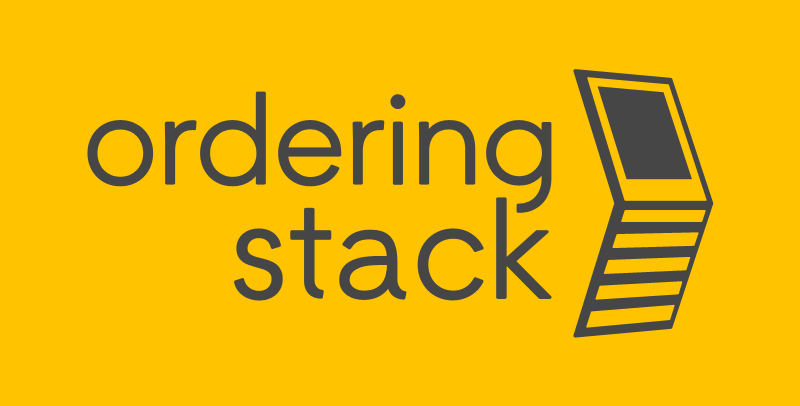The Growing Importance of Delivery and Digitalization in the Restaurant Market
The restaurant industry is undergoing significant transformation, with delivery channels gaining increasing importance. More and more restaurants are reporting revenue growth, the number of food establishments is rising, and consumer habits are shifting — people dine out more often, opt for food delivery more willingly, and increasingly engage with online offerings. In this context, delivery and digitalization are no longer optional — they are becoming a necessity. This shift brings about substantial changes in restaurant business models. It is worth exploring the trends driving this transformation and how restaurants can effectively respond — for example, by using a platform like Ordering Stack.

Dynamic Growth of the Polish Restaurant Market
Industry reports confirm that Poland’s foodservice sector is rebounding after years of turbulence. According to PMR’s HoReCa Market in Poland 2024 report, the market’s value is expected to grow by approximately 8.4% in 2024 compared to the previous year. The number of establishments is also increasing, with smaller players and single-location restaurants experiencing particularly strong expansion.
One example of dynamic market adaptation is Mex Polska. The group continues to open new restaurants, pursuing a strategy of at least six new locations annually through 2028. By 2025, this goal has already been largely achieved, with the company now operating nearly 60 outlets.
Global Delivery Trends
In 2024, the global online food delivery market is valued at approximately $232.8 billion, with projections indicating growth to over $260 billion by 2025, according to Precedence Research. This growth is fueled by rising demand for convenience, rapid urbanization, and expanded mobile access. Leading platforms like DoorDash, Uber Eats, and Meituan continue to scale operations, while innovations such as autonomous delivery vehicles and dark kitchens gain momentum. In Western Europe and North America, premium subscriptions and eco-conscious delivery options are increasingly shaping customer expectations. The global trends clearly point toward tech-driven, scalable, and efficiency-focused models.
Delivery Channels – More Than a Passing Trend
According to Stava’s report, the value of Poland’s food delivery market in 2024 will exceed PLN 10.2 billion, with forecasts pointing to PLN 12.9 billion by 2028. Online orders already account for over PLN 4.4 billion. Average order values are also increasing — in 2023, the average delivery check rose from PLN 74.8 to PLN 85.9, with many districts and cities now reporting averages exceeding PLN 100.
Despite cost pressures such as inflation, minimum wage increases, and staff turnover, the number of restaurants grew by 3.4% in 2023. Operators are facing significant challenges but are also benefiting from the rising demand for delivery. Mex Polska, for example, has expanded its strategy to include delivery by partnering with Glovo SA, a move expected to boost restaurant revenues by approximately 5% annually.
The Role of Ordering Stack in Developing the Delivery Channel
In light of these trends, restaurants face a strategic choice: adapt their operating models and invest in technology, or fall behind. Platforms like Ordering Stack can play a pivotal role.
-
They enable centralized management of orders from multiple channels — websites, mobile apps, and aggregators — in one place.
-
They integrate with POS systems, ensuring fast, consistent order processing while reducing errors.
-
They automate workflows such as order sorting, prioritization, and delivery scheduling, improving efficiency, reducing costs, and enhancing the customer experience.
Restaurants that have adopted such solutions typically see increases in order volume and service quality — faster fulfillment times, fewer errors, and better visibility into back-of-house operations. The growing importance of delivery automation, intelligent route management (automatic dispatch), and order batching aligns closely with the functionality offered by Ordering Stack.
Trends and Recommendations for Restaurant Owners
-
Customer Experience Personalization – Today’s customers expect a fast, seamless online experience, clear menus, order tracking, and tailored offers based on dietary or culinary preferences.
-
Operational Efficiency – Faster delivery, kitchen automation (e.g., workflow management, inventory tracking), and improved logistics help maintain quality at scale.
-
Emergence of New Models – Ghost kitchens, designed exclusively for delivery and takeout, allow operators to reduce real estate and staffing costs while focusing on operational efficiency and logistics.
-
Accessibility of Technology – Investments in digital tools are not limited to large chains. Even small restaurants can benefit significantly from order automation, staff management, cost monitoring, and delivery integration. The difference between profitability and survival often depends on how effectively a restaurant manages its digital and logistical backbone.
Conclusion
Delivery is no longer a luxury — it is the foundation of a modern, scalable, and resilient restaurant model. Restaurants that adopt proven tools such as Ordering Stack can gain a decisive competitive edge: higher efficiency, improved customer service, and greater control over the entire order lifecycle.
For restaurateurs and managers, the key question is how to optimize delivery operations: Where are orders coming from? How quickly are they fulfilled? What are the logistics costs? And what opportunities can technology unlock? Testing a system that centralizes and automates order management is no longer optional — it is the key to survival and sustainable growth in today’s foodservice industry.





